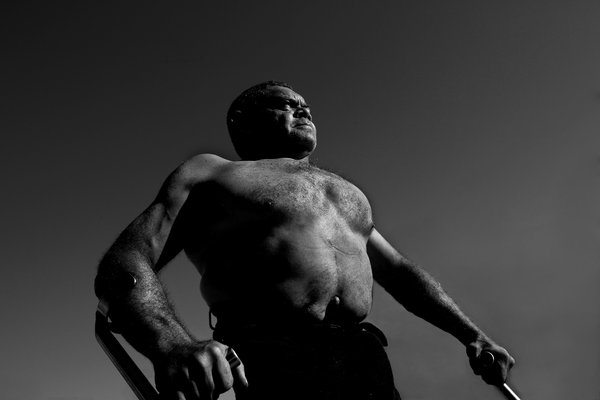Social Musings: 5 lessons we've learned
Time flies. Our team of five monitors has been covering our Facebook and Twitter accounts seven days a week for well over three months now (as well as Youtube). What have we learned? Aside from the fact that you can cover social media in less than an hour a day (something I'll write about in a new blog post)?
- Having a co-ordinated, controlled plan does work
We recently changed our social media to sit somewhere between an 'open' and 'closed' approach. What difference has our new, small-team approach made?
On Facebook (compared to the last three months of the old plan):
- 316% increase in new likes
- 363% increase in post views
- 357% increase in post feedback
On Twitter (compared to the final day of the old plan):
- 26% increase in followers
- 660% increase in Tweets
More important than the numbers, though, is the sense that we’re now consistently and positively engaging with our followers.
(And having more than one monitor is to our advantage)
Many organisations have one dedicated social media employee, but with five monitors taking turns at the wheel, we bring a variety of driving styles to our social media caravan (as well as terrible metaphors like that one).
Grainne from Publicity looks to connect the Museum with news, Chris from Audience Research has a knack for finding quirky links, Steve from Search and Discover favours content about animals, Louise is a technical officer who likes to share the latest science news, and as an online producer I focus on sharing content that's new to our website.
Everybody brings something different to the table and you know what they say about variety.
- Timing makes a difference
We had wondered, from the start, what times are best to post on Facebook (we also wondered if it should be time, singular). Articles we've read combined with our own observations have led us to do most of our posts at lunchtime and/or at the end of the day (with the more savvier members of our team scheduling for the early evening).
While we’re yet to a detailed analysis, we’ve noticed that our impressions and feedback numbers are lower when we post in the mornings or mid-afternoons (there are other factors to consider, of course).
We keep time-of-day in mind when on Twitter, but for various reasons are less concerned about it on that platform. Personally, I've noticed a spike in followers following those days when I’ve scheduled multiple tweets for the evenings.
- Frequency of posts must be considered
I truly believe that less is more on FB and continue to urge all our monitors to limit their posts to two a day at most, preferably with as many hours as possible between each one. Why? Aside from the fact that posting too much (even if you're convinvced it's all quality) can get you ‘unliked’, it’s important that when you do post, users pay attention.
You’re less likely to get ‘skimmed over’ if your post/s are a welcome event in someone’s news feed and not an annoyance. Oh and time and again I’ve seen impressions numbers fall well below average simply because two posts have been published within a short time of each other.
If we restrict ourselves on Facebook, we’re far more relaxed on Twitter. In fact, we appear to be averaging about 5 tweets a day there (including replies and RT’s) so we could probably tweet more often.
- Captioning is important
It goes without saying that photos, videos and links provide better engagement levels than plain text, but I still think it’s important to add some good ol' plain text - especially on Twitter, obviously. Who clicks on a link without some kind of incentive?
Captions that have been working well for us are usually one of more of the following: short (very short in some cases), conversational in tone, cryptic but not confusing (very important), reasonably funny, finish in a question mark and/or begin with a call-to-action. Oh and we do our best to have perfect spelling and grammar (and that's about readability, not about being old-fashioned). I’ve observed less feedback and impressions on links that we don’t caption.
- You need to share internal and external content
We don’t just want to broadcast, we want to engage. A big part of achieving that is not just talking about ourselves, so we strive to share content from other sources relevant to our mission. What’s our mission? 'Nature. Culture. Discover.'
Fortunately for us, there are a lot of great organisations in these spaces and we’ve enjoyed sharing their content. This is good for our users, the other organisations and when it leads to receiving feedback on our page, provides us with an opportunity to share our knowledge too (without being seen as a relentless self-promoter).







